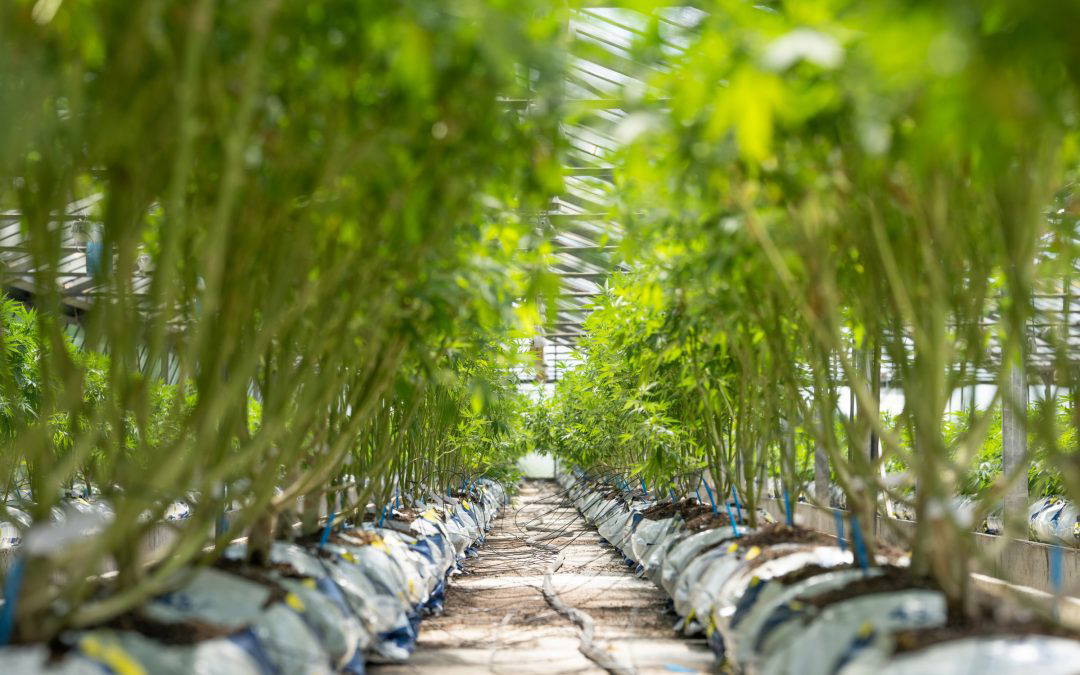Each strain of cannabis contains different levels of and combinations of cannabinoids and terpenoids. The cannabinoids, include tetrahydrocannabinol (THC) and the non-psychoactive cannabidiol (CBD) which vary across strains, produce different effects, and give people different psychological perceptions of each strain when combined with a varying terpenoid profile. The varying combined effects of cannabinoids and terpenes is termed the “entourage effect”. The underlying genetic mechanisms of these chemical profiles remains to be relatively unexplored. As scientists delve further into the cannabis plant genome, what potential does that have to affect the cannabis industry?
The way that plants are currently categorised is by cultivar. Cultivars are plants with similar morphological, physiological, and chemical characteristics, and not by their genetic make-up. Cannabis plants can be categorised in one way by their chemotype, which refers to their chemical composition of cannabinoids and terpenes. 3 major defining chemotypes are THC type (type one), equal THC and CBD (type 2) and mostly CBD (type three). The chemotype of a plant originates from the genotype, so as more is understood about that, it will be possible to genetically engineer bespoke chemical content of a plant. This will have major ramifications for the cannabis industry, as people will be able to choose with greater specificity the effects of their CBD products.
As more is understood about the cannabis plant genome, more efficient production of crops will come naturally. A way of rapidly identifying male and female cannabis plants during their early days before they show physical signs of development, would allow growers to more efficiently scale-up production. A doctoral student in Dr Larry Smart’s lab in the School of Integrative Plant Science at Cornell University and his colleagues, developed a high-throughput assay that can do this.
Cannabis plants, only produce cannabinoids within the flowers, so there are vast quantities of the biomass of the plant that is useless. Another potential avenue for improving the efficiency of CBD production, could be to engineer the plants to produce cannabinoids in the leaves and the stems as well as the flowers, to reduce biomass waste. As with large scale crop production for vegetables or other crops, it’s possible to engineer the plants to be pest resistant or resistant to environmental stresses. This would again improve the efficiency of the industry. There has been some exploration into altering the flower structure, improving disease resistance, improving nutrient uptake, fertility requirements and harvestability.
As CBD continues to develop its stance within the food/nutraceutical industry, as well as the pharmaceutical one, alternative methods of production are also being investigated. Biomanufacturing of CBD and THC for example in E. coli or yeast cells, gives a much greater level of consistency than plants. Bioreactors are not dependant on weather, pests, and other environmental uncertainties. It’s also more sustainable, as they require less energy than grow lights and ventilation fans required for indoor cannabis-growing. With bioreactor production, and more knowledge of more genes in the cannabis genome, it will be possible to produce other rarer cannabinoids which have health benefits in situ; such as CBC or CBG. There are currently over 20 companies racing to produce CBD in bacteria, yeast or algae, following the study by Jay Kealing at University of California in 2019.

